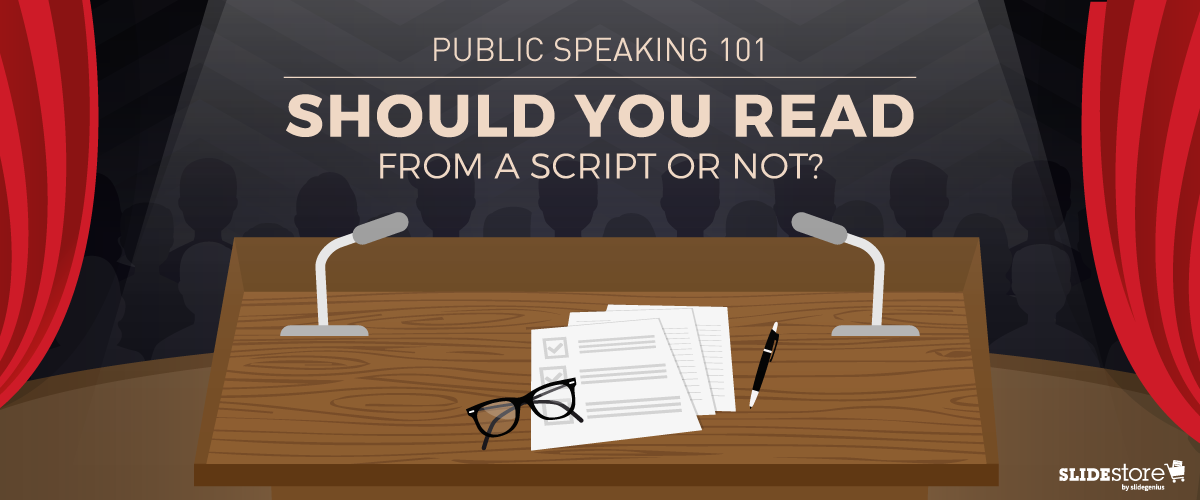
There are four ways to deliver a speech: reciting it from memory, learning it by heart, using notes for reference, and reading it from a script word for word. The method you should use will depend on the type of speaking engagement and the personal circumstances you find yourself in.
Memorizing your speech is rarely a good idea because the artificiality of it makes your delivery sound stilted. You may risk sounding monotonous when the natural inflection of your voice disappears. Also, it’s not a guarantee that you’ll deliver a seamless presentation because your focus is shifted from getting the message across to getting the words right.
Learning your speech by heart and trying to wing it without notes can work. However, it can be risky because when you lose your train of thought, you’ll have nothing to rely on to get you back on track. The best method is to use notes because at least you have something to fall back on when you lose your footing. It can also help you transition from one idea to the next.
While learning all this is good, we’re not really here to talk about the three ways of delivering a presentation. Instead, we’re here to understand the fourth: reading directly from a script. Script reading is a practice that is highly discouraged, unless you’re a person of politics who needs to deliver a speech exactly as it’s written. If you’re a student delivering a report or a business executive making a pitch, there’s no excuse for you to read from your notes at all. This is a basic public speaking convention that you should know by default.
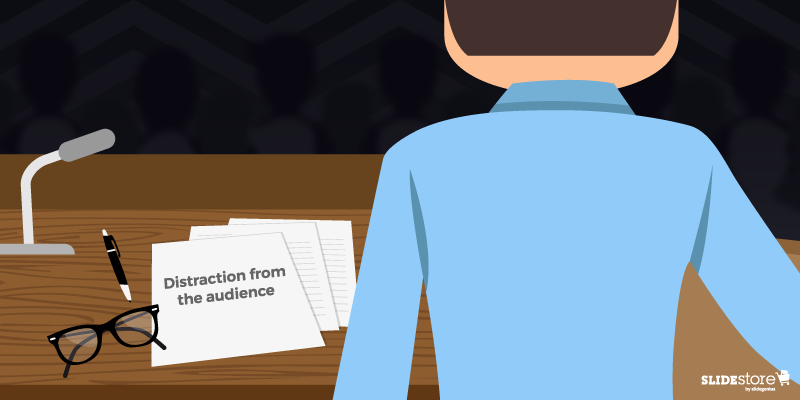
Why Reading from a Script Is Discouraged
You may be tempted to bring a script to your next public speaking gig and read it word for word. It’s luring because you don’t have to memorize or learn your speech by heart anymore. Everything you have to say is literally in your hands. It makes you feel secure because, in theory, you can’t lose your train of thought. It’s effortless preparation-wise. So, if it’s so reassuring, why do professionals advise against it? There are plenty of reasons, and we’ll explain three of them:
- A written speech rarely translates to an oral discussion. We don’t speak the same way as we write. Words that are written for the eye (i.e. grammatical, syntactic, generally well-structured) don’t always sound well to the ears. If you want to sound conversational, you need to write the same way as you talk.
- A script shifts attention from the audience. Reading from a script requires you to look at your notes, and this shifts your gaze away from the audience and limits your interaction with them. As a result, your delivery loses the personal touch it needs. You’re basically just standing there aloof, with your audience feeling left out. They feel like they’re listening to a monologue rather than taking part in a dialogue in which their opinions matter.
- Your words and actions are measured and limited. A script limits both your words and actions. You’re not free to use whatever manner of delivery you like because you’re corralled into the four edges of your cheat sheet. Aside from this, reading from a script can add a physical barrier between you and the audience: a lectern. This barrier will only fortify the walls you’ve built, ultimately resulting to a disconnect.
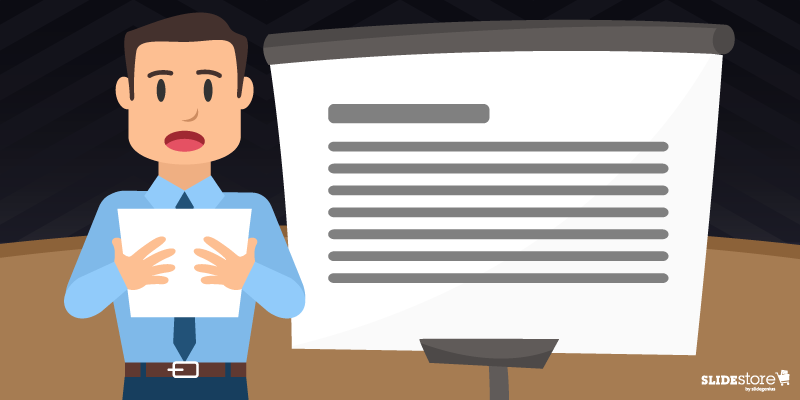
Planning for the Inevitable: Tips When Reading Your Speech
Without a doubt, no matter how many times you’re warned, you’ll always find an excuse to deviate from what’s recommended. So, to help you minimize the repercussions of reading from a script during a public speaking engagement, here are four tips for you to apply:
1. Employ the scoop-and-speak technique
For this to work, you need to print your notes in large font and have them written on the top portion of a document so that your eyes don’t have to stray down too far. Every time you pause, look at your notes, and before reciting what you’ve scooped, look at the audience again. Eye contact is crucial in public speaking. When reading from your notes, you don’t have to keep it a secret and act surreptitiously. Just chill out and act natural.
2. Draft a dialogue, not a declaration
Even if you’re reading from a script, you should try to not look like it. When drafting your speech, make sure to use common conversational words that sound natural when spoken. Use informal language; otherwise, you’ll just sound foreign and distant. Be mindful of the natural cadences and rhythms of spontaneous speech, and make sure to apply them throughout your presentation. To improve your vocal variety, you can adjust your facial gestures to match your words.
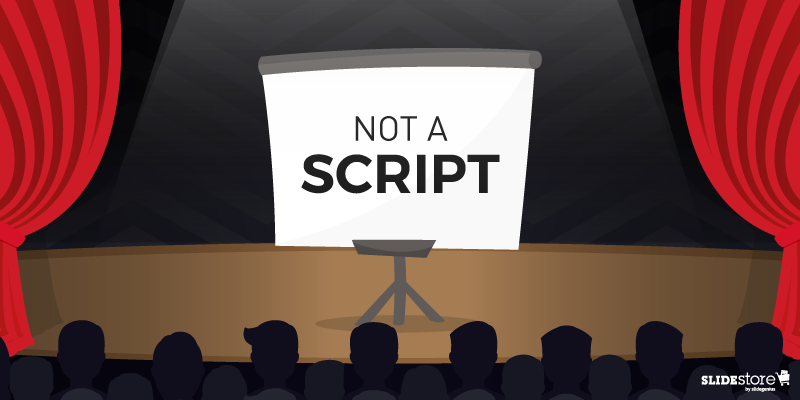
3. Don’t use your slide deck as a script
Your PowerPoint presentation is not a script, so don’t treat it as such. Instead, make separate notes that you can use as guide. You can also use the Notes feature in PowerPoint. It has a Presenter’s View that can let you see your notes for a selected slide without the audience seeing them. Just make sure to practice using your script beforehand so that you won’t get lost in the middle of the presentation.
4. Mind the structuring of your text
Break long blocks of text by using headings, subheadings, line breaks, and pauses. Use signals to help you break down the text and cue you as to where to begin and end, or what to stress and blend. You can even add instructional annotations along the margins to make everything crystal clear.
When you’re in a pickle and you have no choice but to read from a script, follow the tips above. However, in any other situation, try to explore other ways of delivering your presentation. Don’t limit yourself to the four edges of a page. Instead, allow your mind to roam free without straying too far from your core message. This is, after all, what being an effective public speaker means.
Resources:
Dlugan, Andrew. “How to Make Reading a Speech Not Like Reading a Speech.” Six Minutes. December 7, 2011. sixminutes.dlugan.com/reading-your-speech
Marshall, Lisa B. “Read, Memorize, or Use Notes.” Quick and Dirty Tips. September 23, 2010. www.quickanddirtytips.com/business-career/public-speaking/read-memorize-or-use-notes
Matthews, Alan. “Pros and Cons of Using a Script When Speaking.” Alan Matthews Training. May 13, 2015. alanmatthewstraining.com/2015/05/pros-and-cons-of-using-a-script-when-speaking
Wyeth, Sims. “Do You Read from a Script? Should You” Presentation Guru. April 20, 2017. www.presentation-guru.com/do-you-read-from-a-script-should-you
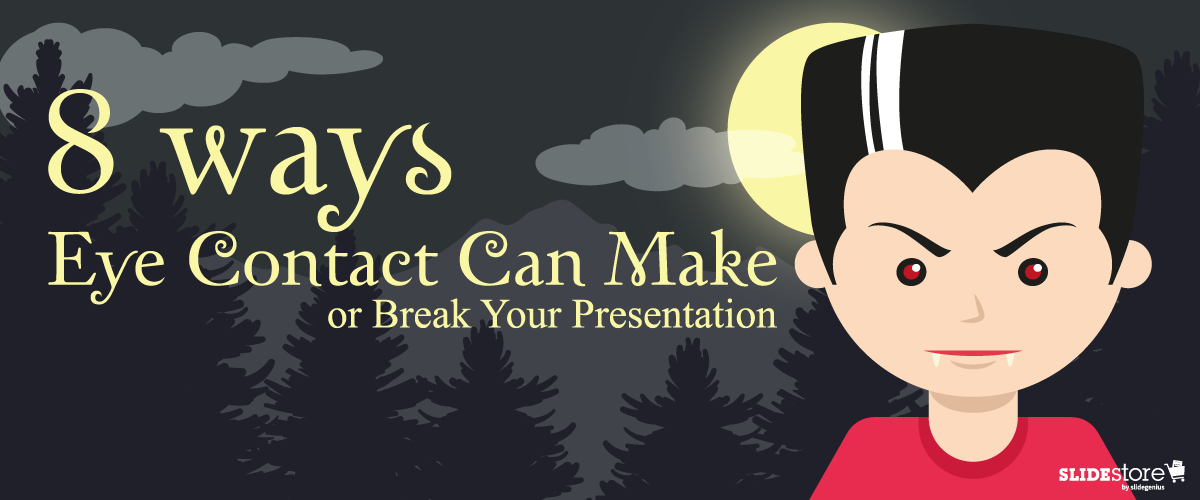

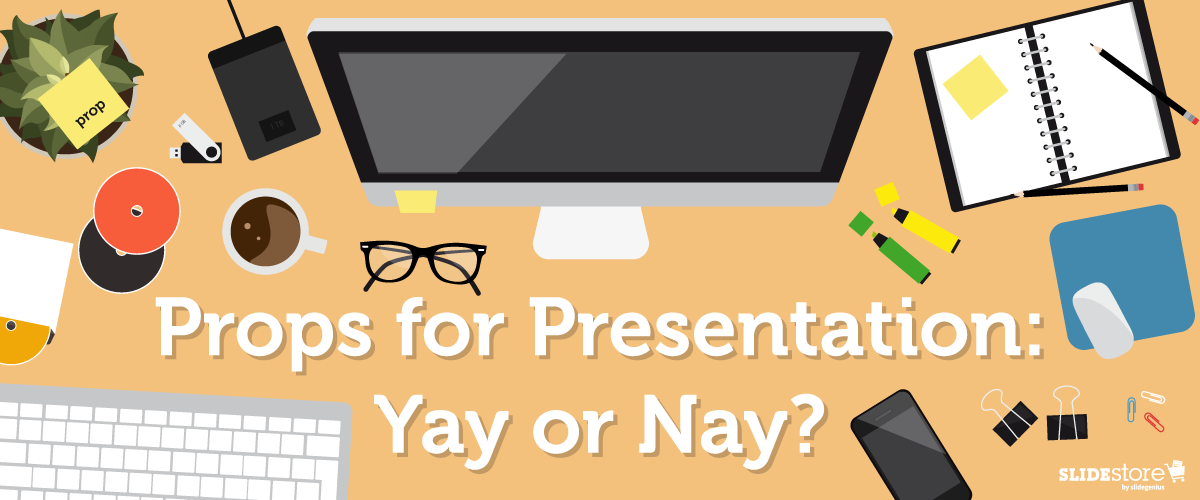



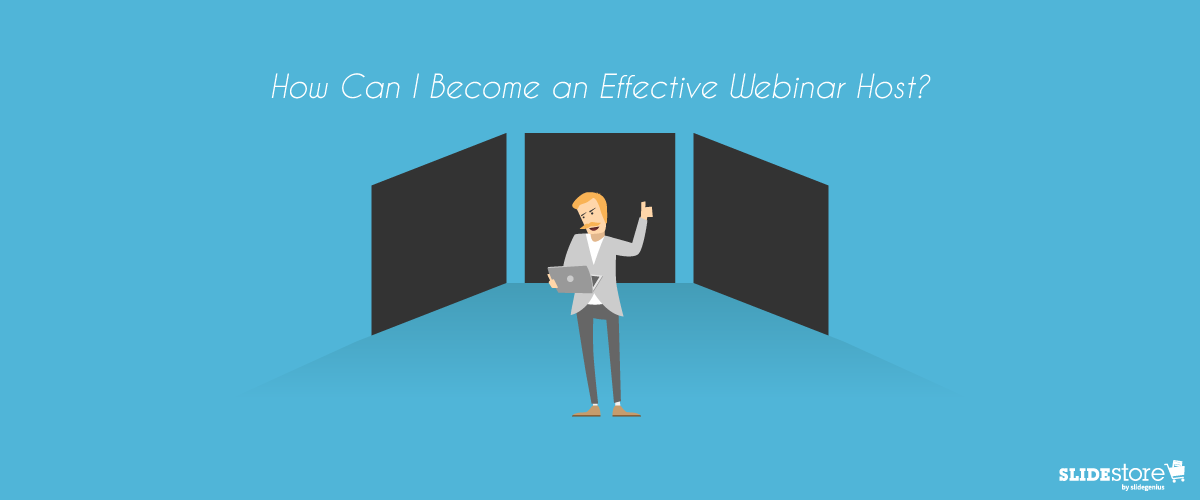



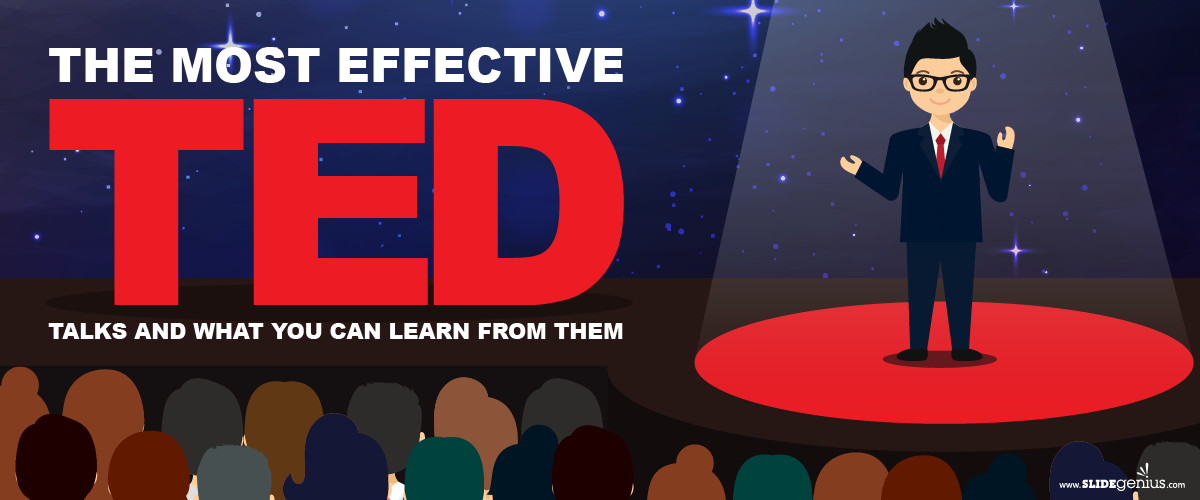
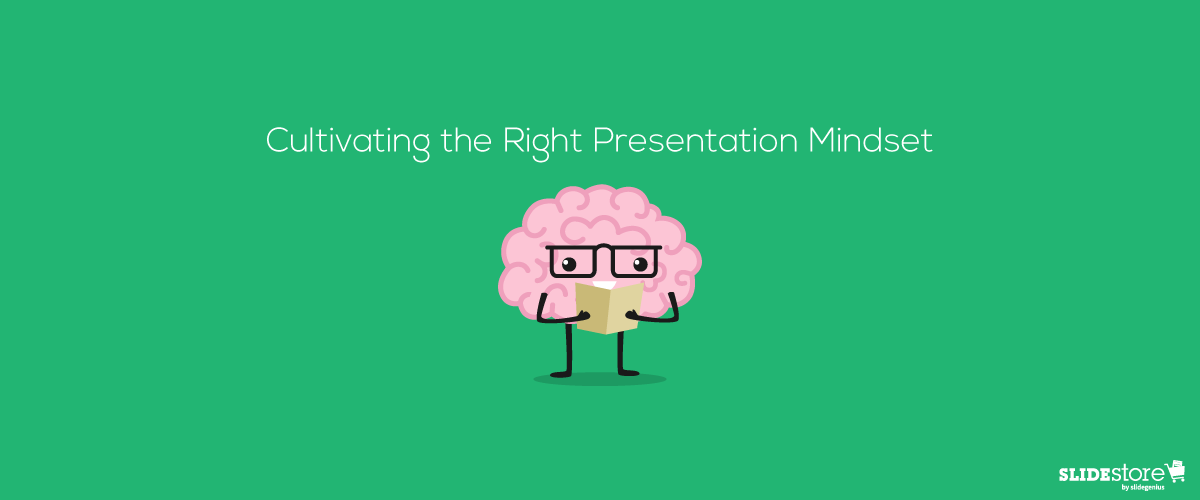
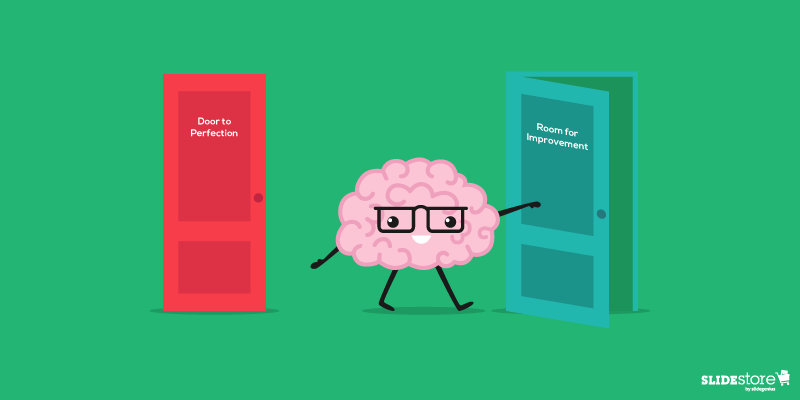


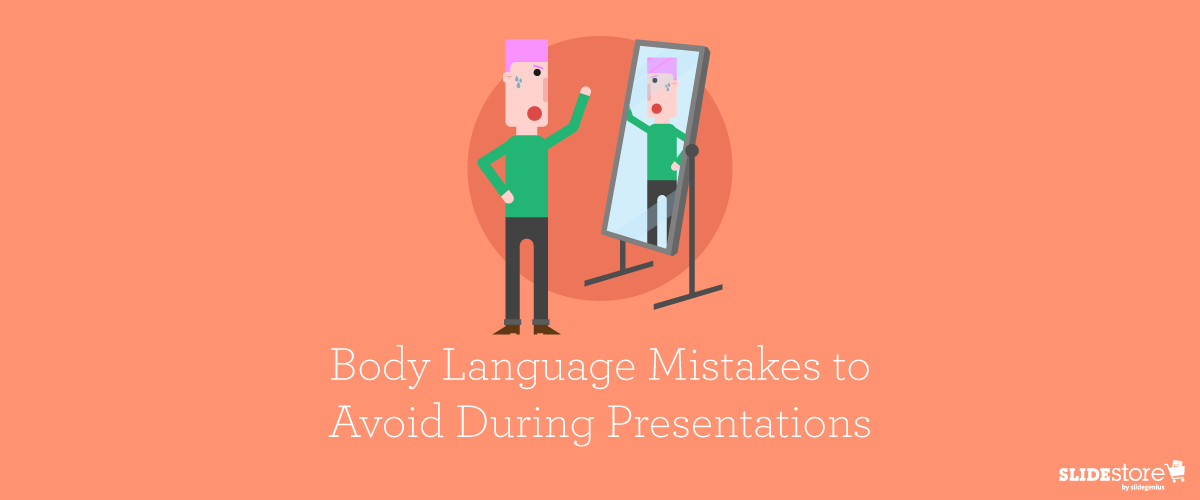




 Data storytelling takes a lot of practice to master. The following list can be a good starting point towards understanding the full power of this skill.
Data storytelling takes a lot of practice to master. The following list can be a good starting point towards understanding the full power of this skill. Racing against time is not a viable excuse for rushing a presentation. Most
Racing against time is not a viable excuse for rushing a presentation. Most  One of the factors that can redeem a data-heavy presentation is aesthetics. While there’s some truth to the general notion that no one listens to a business presentation unless necessary, the experience needs not be unpleasant. You can mute the dullness and bring a little color to your presentation by, well, literally bringing color to it. Use visuals where appropriate to make the data more appealing. Also, be mindful of the font sizes and styles you use. By being conscious of your slides’ design, you can guarantee that the visual elements of your presentation clarify your message and not hamper it.There’s nothing inherently wrong with using charts to communicate a message, but you’d be wise to remember that there’s always a better way when presenting things. Don’t settle for cold and intimidating numbers; instead, delve deeper and find the story beneath them. Use data to weave a story that paints the bigger picture. When all’s said and done, there’s no reason why math and storytelling should be two different things.
One of the factors that can redeem a data-heavy presentation is aesthetics. While there’s some truth to the general notion that no one listens to a business presentation unless necessary, the experience needs not be unpleasant. You can mute the dullness and bring a little color to your presentation by, well, literally bringing color to it. Use visuals where appropriate to make the data more appealing. Also, be mindful of the font sizes and styles you use. By being conscious of your slides’ design, you can guarantee that the visual elements of your presentation clarify your message and not hamper it.There’s nothing inherently wrong with using charts to communicate a message, but you’d be wise to remember that there’s always a better way when presenting things. Don’t settle for cold and intimidating numbers; instead, delve deeper and find the story beneath them. Use data to weave a story that paints the bigger picture. When all’s said and done, there’s no reason why math and storytelling should be two different things.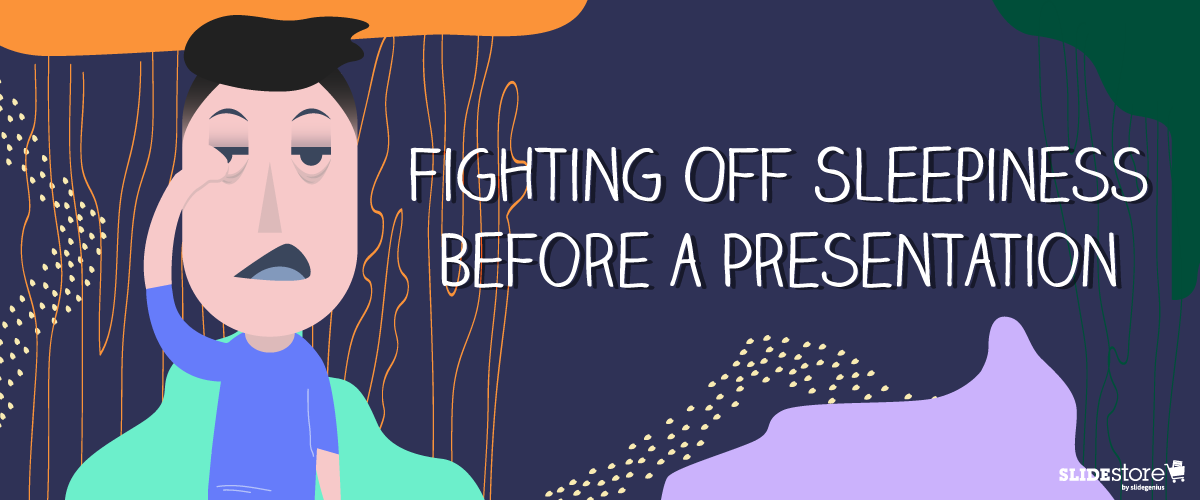
 Get your blood rushing to reinvigorate your body. Liken it to hyping yourself up or getting yourself excited—or anything as long as you feel the blood pumping. You might think that exercising will use up your remaining energy reserves, but the body is a lot smarter about conserving energy than we give it credit for.You can get more energy by moving around. This will trigger the release of hormones in your body and will put you on alert. Do simple activities like stretching and doing
Get your blood rushing to reinvigorate your body. Liken it to hyping yourself up or getting yourself excited—or anything as long as you feel the blood pumping. You might think that exercising will use up your remaining energy reserves, but the body is a lot smarter about conserving energy than we give it credit for.You can get more energy by moving around. This will trigger the release of hormones in your body and will put you on alert. Do simple activities like stretching and doing  Taking a quick nap for ten minutes can help you recharge when prodding yourself awake just doesn’t cut it. Or you’re too tired to begin with. Getting a few minutes of sleep might give you just enough energy to present. If you love caffeine, you can also try the “coffee nap.” It works by drinking a cup of coffee and taking a short nap afterward. Both helps get rid of adenosine, a byproduct of the brain that makes you feel tired and sleepy. Several researchers have already proven the effectiveness of this study.Sleep deprivation also gives you a distracting headache. A short shuteye can help alleviate the pain when there’s no paracetamol around. The trick is to keep it within twenty minutes to avoid feeling groggy afterward.
Taking a quick nap for ten minutes can help you recharge when prodding yourself awake just doesn’t cut it. Or you’re too tired to begin with. Getting a few minutes of sleep might give you just enough energy to present. If you love caffeine, you can also try the “coffee nap.” It works by drinking a cup of coffee and taking a short nap afterward. Both helps get rid of adenosine, a byproduct of the brain that makes you feel tired and sleepy. Several researchers have already proven the effectiveness of this study.Sleep deprivation also gives you a distracting headache. A short shuteye can help alleviate the pain when there’s no paracetamol around. The trick is to keep it within twenty minutes to avoid feeling groggy afterward.  It’s best to consider different options and discover what works and doesn’t for you. For some of those who only end up getting sleepier after taking a power nap, moving around might work better than getting a few minutes of rest. Others might find that relaxing with a cup of coffee or tea is more helpful than shocking themselves with a cold shower in the morning.Do what works for you to keep awake during the day.
It’s best to consider different options and discover what works and doesn’t for you. For some of those who only end up getting sleepier after taking a power nap, moving around might work better than getting a few minutes of rest. Others might find that relaxing with a cup of coffee or tea is more helpful than shocking themselves with a cold shower in the morning.Do what works for you to keep awake during the day.